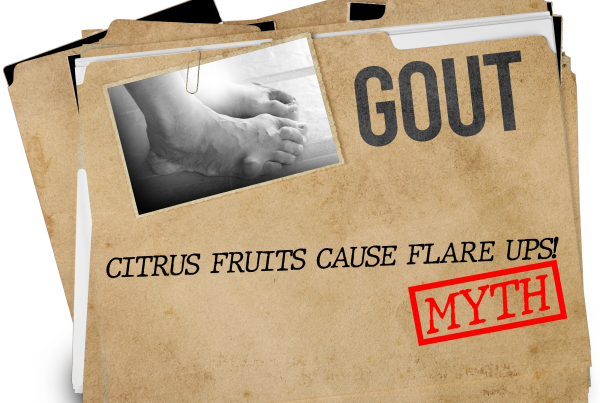There are many challenges that come with pregnancy, but one of the most challenging and relatively common affecting 12-14% of Australian women, is gestational diabetes mellitus (GDM).
Chances are, if you’re here reading this blog, you might be awaiting or even have experienced the infamous oral glucose tolerance test (OGTT). This test is the ultimate decider in determining whether you are diagnosed with GDM or not. Many mothers can dread this test, not only due to the fact you have to drink a very sweet drink after a night’s fast but also what those results may show. But fear no more, today we’re going to delve into what GDM is, who is at risk, how it can affect you and your baby during pregnancy, and how a dietitian can help you successfully manage GDM.
What is Gestational Diabetes?
GDM is a form of diabetes that occurs only during pregnancy. This means there is too much glucose (sugar) in the blood. Excess glucose in the blood can have negative effects on both you and your baby. But the good news is successfully managing your GDM can increase your chances of having a routine delivery with no effects on your baby’s long-term health.
The Development of GDM
The food you consume is broken down by along the digestive tract into amino acids, fatty acids and glucose, along with many vitamins and minerals. The carbohydrate component of these foods is made up of many small parts called glucose, and this is what we refer to as sugar. Glucose is our body’s main source of fuel, powering us with the energy to accomplish every day activates involving muscle contractions and brain function. When pregnant, glucose becomes even more important because it is needed to fuel the growth and development of your baby.
Carbohydrates are found in nearly all foods. However, carbohydrate-rich foods are typically sweet or starchy foods (see table below). During digestion, the glucose in carbohydrates is released into the blood, contributing to our overall blood glucose level. From here, this glucose needs to be transported around the body to our muscles, where it can be used for energy. The hormone insulin is responsible for moving glucose from the blood into the muscles and other organs within the body, and as glucose leaves the blood, that is how the blood glucose levels start to decrease.
Carbohydrates
The below are some of the most common sources of carbohydrates in our diet but don’t forget that all of those sweet and savoury treats also contain a LOT of extra carbohydrate as well as fats and salt.
Cereals and Grains
|
Starchy Vegetables and Legumes
|
Fruit (fresh, canned, dried, juice)
|
Dairy (but not cheese)
|
Insulin Resistance
Unique hormonal changes during pregnancy naturally reduce the effectiveness of insulin, meaning pregnant mothers usually require 2 to 3 times more insulin than they normally would. When the effectiveness of insulin is reduced, glucose stays in the blood and cannot be transported to the muscles. This is referred to as insulin resistance. This is what is happening to mothers with GDM. Their bodies simply cannot keep up with the insulin demands and does not produce enough insulin to effectively overcome the insulin resistance. Blood glucose levels will continue to rise to unsafe levels as more food is consumed. Some women in particular struggle to produce the extra insulin and have an increased risk of developing GDM, these include those:
- Aged over 35 years
- Above the healthy weight range
- Aboriginal and Torres Strait Islander or Asian decent
- Having a family history of type 2 diabetes or high blood glucose levels
- Using anti-psychotic or steroidal medications
- Already had GDM or a large baby previously
If you fit into any of the categories above, you could have GDM without even knowing it. Many mothers do not report any symptoms. But those who do typically notice increased thirst, increased hunger or food consumption and more frequent trips to the toilet. All of which are typical symptoms in someone with diabetes.
The Effects on Pregnancy
When blood glucose levels are uncontrolled and remain too high for too long, the glucose needs to find somewhere to go. The easiest path for this glucose is straight to your baby. Extra glucose means the baby will be getting too much fuel, resulting in too rapid growth. Bigger babies can significantly increase the chances of early delivery, with complications during birth. As a result, C-sections are very common to assist in the delivery.
Testing for Gestational Diabetes
GDM is diagnosed using the OGTT as mentioned above, and although it is challenging and requires a lot of patience it is essential to ensure the health of you and your baby. This test usually occurs around 24-28 weeks into the pregnancy, where you drink a sweet drink after an overnight fast. The pathologist will then test your blood sugar levels at certain time points. If too much glucose remains in the blood, you will be diagnosed with GDM.
Managing Gestational Diabetes
GDM can be successfully managed by monitoring blood glucose levels, and by adopting a controlled eating pattern. Upon diagnosis, you will be referred to a dietitian and diabetes educator. If you are looking or an Accredited Practising Dietitians the team here at Fuel Your Life can assist you and your GP can refer you straight to us. Our dietitians will always provide you with advice that is tailored to your lifestyle.
The bottom line is that GDM is a condition that can be successfully managed with a proactive approach. Our dietitians at Fuel Your Life are here to help, so head to our website to get in touch with one of our dietitians today.







